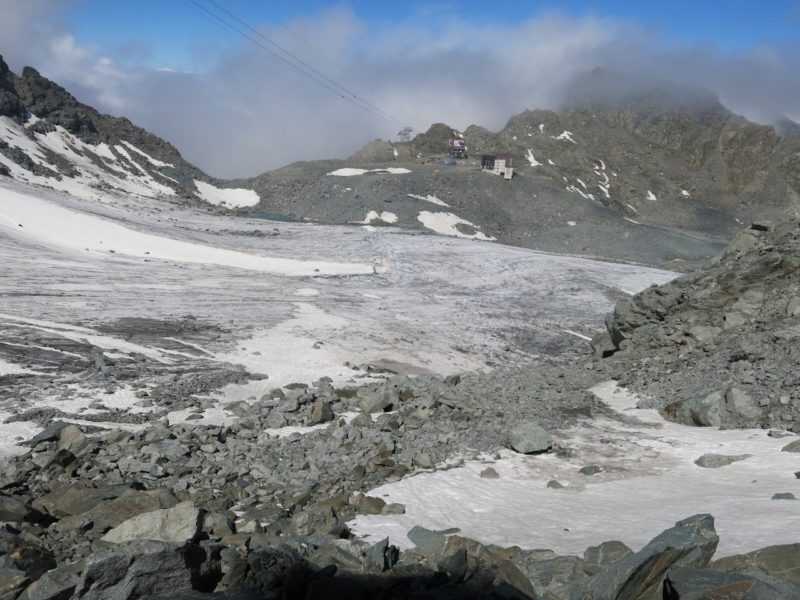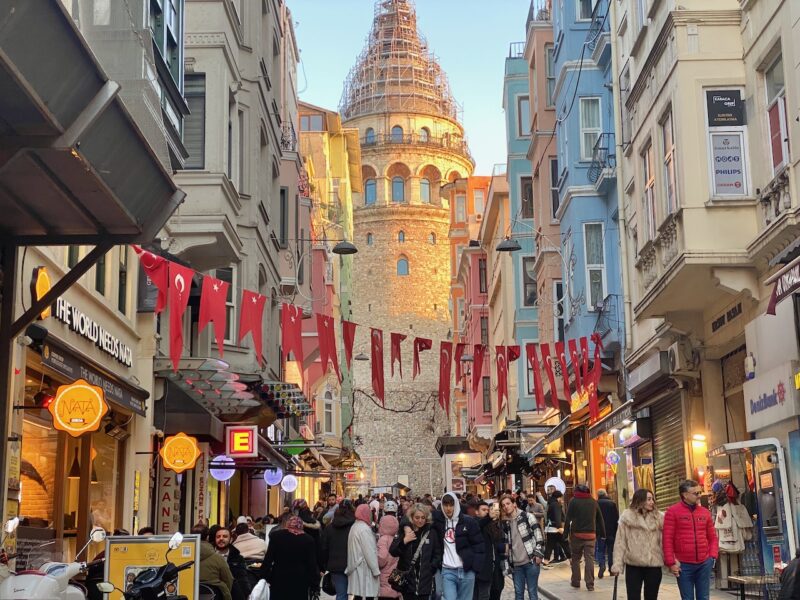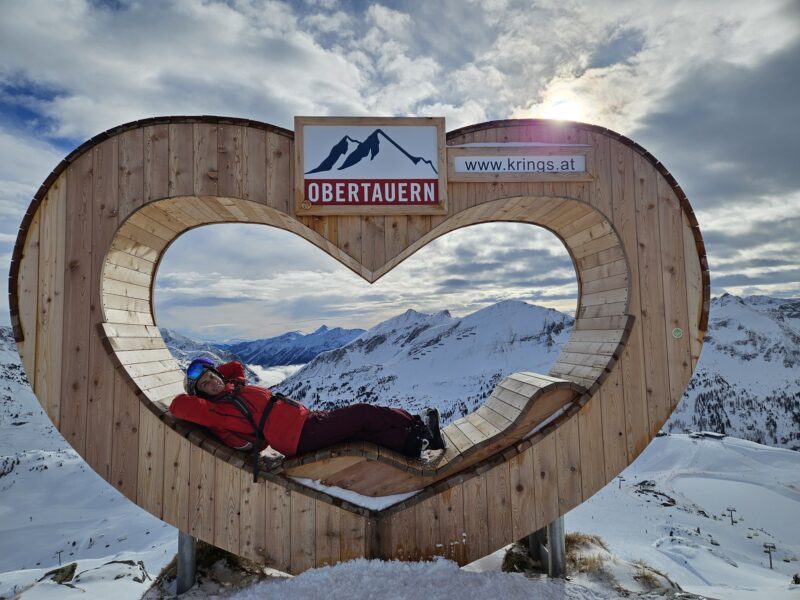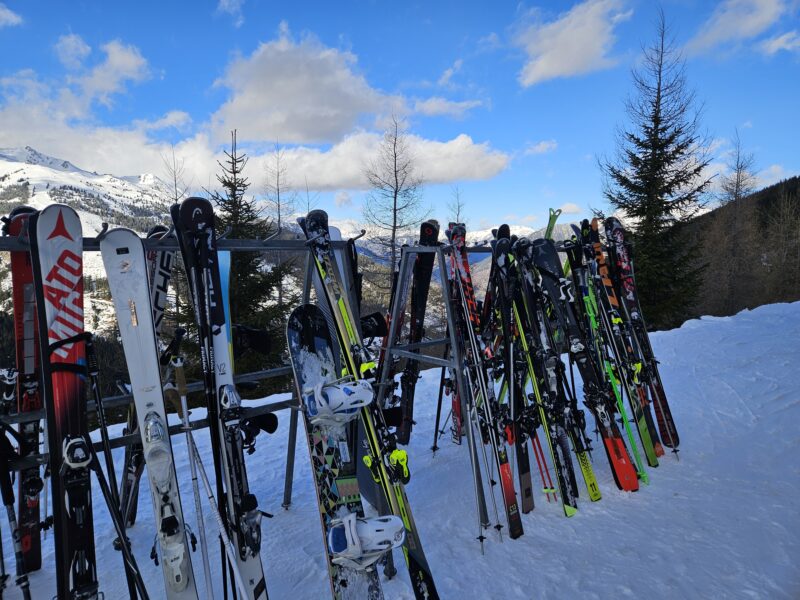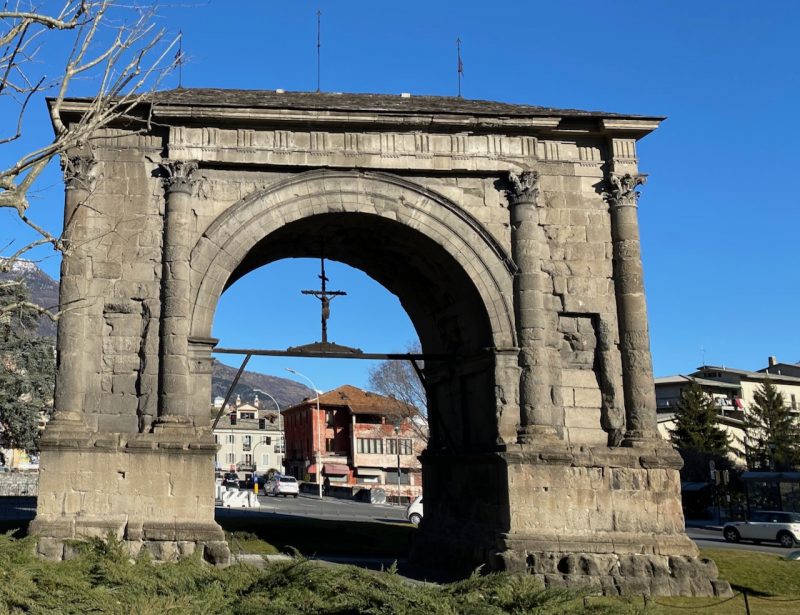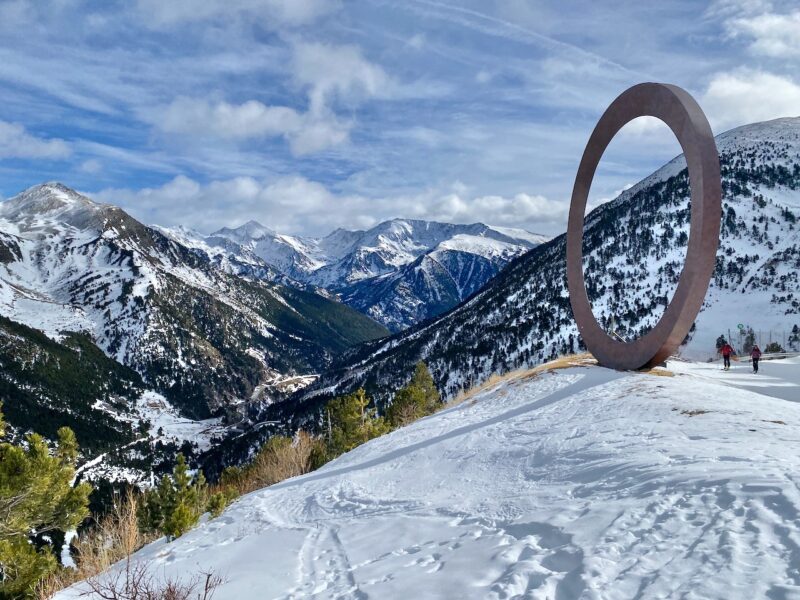UK Skiers Urged to Prepare for New Entry System to EU Next Winter
5th July 2024
Last modified on July 8th, 2024
A new automated European Union border IT system is due to start this October ahead of the 2024/25 ski season.
Preparations are already underway at Channel crossing points for those who drive or take the train to the mountains.
Under the Entry Exit System (EES) non-EU nationals will have to register biometric information the first time they cross the border.
Following Brexit and the UK leaving the European Union the EES system means the passports of UK citizens will no longer need to be stamped, but fingerprints and a photo will have to be taken.
Travellers will also need to answer some questions about their journey.
As the registration process will need to be done in person at the airport, port or station, there have been warnings of bottlenecks as a result.
It is feared there could be huge delays especially at peak times.
For those skiers flying to the mountains of Europe the checks will take place at their arrival airport.
For those driving or taking the train the border is at Dover’s ferry port, Eurostar’s London St Pancras terminus and Eurotunnel’s Folkestone site.
Skiers and snowboarders will be among the first to use the system at major holiday periods, Xmas and New Year.
Dover plans to process coaches separately to cars and eventually reclaim a dock from the sea to create more space.
Eurostar will also expand into new areas of St Pancras station to fit in new kiosks.
The port of Dover’s chief executive Doug Bannister told the BBC its plans aimed to “minimise dwell times, queues and of course congestion out on the road network and throughout the town”.
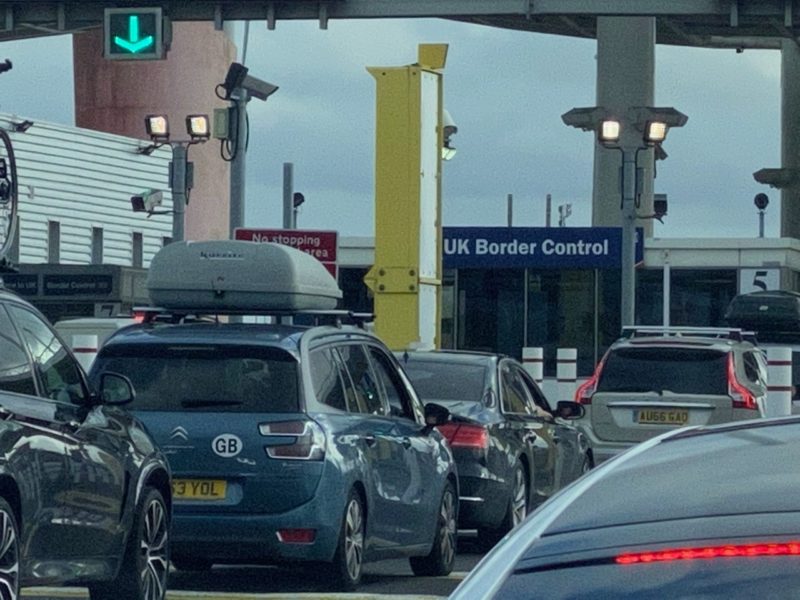
Border controls. Image © PlanetSKI
When EES starts coaches will go to the Western docks, away from the main check-in areas.
Coach halls will be built there, with new kiosks to register details.
Passengers will then proceed through the border in the Western docks, re-board their coach, the coach will get sealed, and it will come down here to the ferry terminal.
As long as the seal’s intact the coach will proceed directly around to check-in.
There will be a different process for cars and other vehicles.
To start with, they will file into the usual lanes upon arrival at the port.
The port boss said they will be “met by one of our agents with a tablet” and asked for their details.
A canopy will be put up over the lanes for weather protection.
The time it takes to go through border controls is likely to rise from 45 to 90 seconds to a couple of minutes or more per person when registering for EES.
Implementing EES at London St Pancras means a big change for Eurostar passengers taking trains to the mountains.
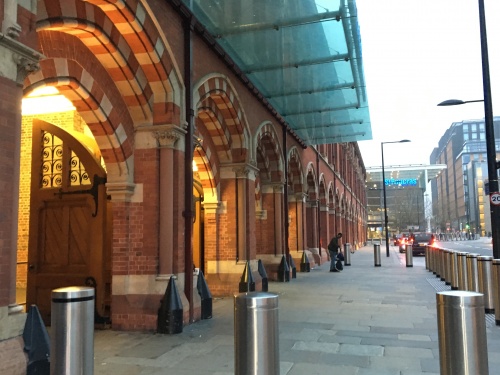
London Eurostar terminal – St Pancras International. Image © PlanetSKI
The number of border control points in the existing departures area will be doubled.
Space constraints won’t leave room for the EES kiosks as well.
So 49 will be installed at other points around the station and used by several domestic rail operators too.
A coffee shop near the main station entrance will make way for the main kiosk area.
Two other zones will include an overflow room on St Pancras’ mezzanine level.
Eurostar hopes the arrangements, with extra staff on hand to assist customers, mean people would not need to turn up any earlier for a train than they currently do.
“With our set-up it will still be 45 to 90 minutes check-in time,” said Eurostar.
“We’ve really planned intensely for this, making sure that we’ve got the best arrangement for our customers.”
Eurostar’s preparations are costing the equivalent of £8.5m.
Eurotunnel, which operates vehicle shuttles though the Channel Tunnel, is spending £70m building processing zones, where people will queue in their cars to use automatic machines.
It will also hire 70 new passenger assistance staff on each side of the channel.
It is expected the new border controls will take five to seven minutes longer.
The EU has been developing an app to enable EES registration to be started from home, but it’s not expected to be ready for the start of the new system.
For a six-month transition period, the EU is expected to allow the checks to be reduced in some circumstances if bad queues build up.
A spokesperson for the UK government said it was “working closely with the EU and member states to minimise any impact at our shared borders with Europe”.
They added: “We are also working closely with the Kent Resilience Forum as well as with port authorities, ferry operators and industry to develop robust contingency plans to ensure they are prepared to minimise the risk of delays.”


